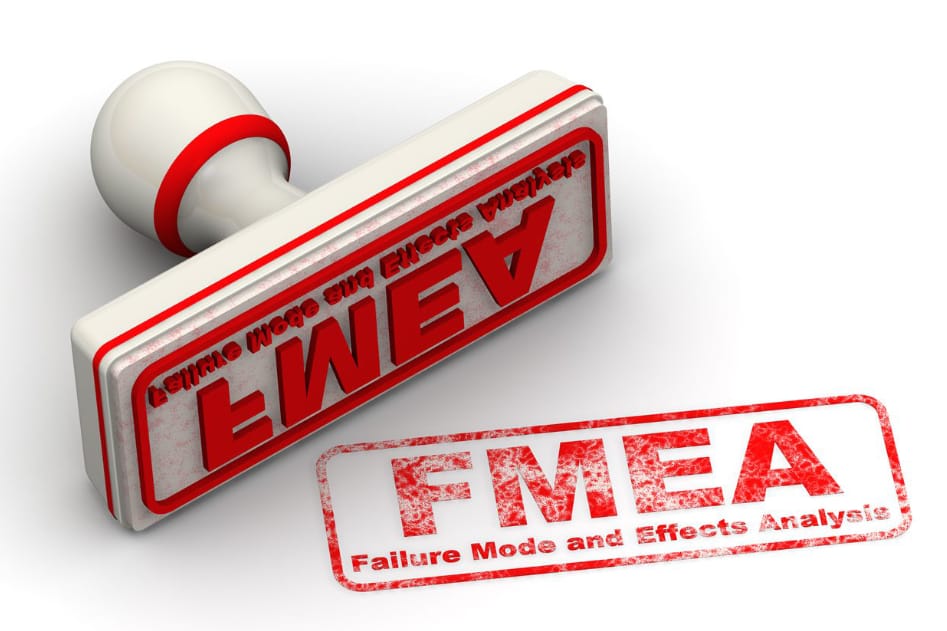FMEA methodology, or Failure Modes and Effects Analysis, is a systematic approach used to identify and address potential failures in a process, product, or system. By analysing potential failure modes, their causes, and their effects, organisations can prioritise issues and implement corrective actions to enhance reliability and performance.
Here’s a detailed overview of this essential risk management technique:
Understanding FMEA
At its core, FMEA is designed to proactively identify potential failures before they occur. This methodology helps teams understand how and why failures might happen and assesses the impact these failures could have on the system or product. The goal is to reduce the risk of failure through early detection and systematic resolution. FMEA is widely used in industries such as manufacturing, automotive, and aerospace to improve product quality and operational safety.
Steps in the FMEA Process
The FMEA process typically involves several key steps:
- Identifying Failure Modes: The first step is to identify all possible ways a process, product, or system could fail. These failure modes are potential problems that might disrupt normal operation.
- Assessing Effects and Causes: For each identified failure mode, the next step is to evaluate the effects on the system and the potential causes. This helps in understanding the impact of each failure and what could trigger it.
- Evaluating Risks: Each failure mode is then assessed for its severity, occurrence, and detectability. This is done using a risk priority number (RPN) that combines these factors to rank the failure modes by their risk level.
- Developing Action Plans: Based on the risk assessment, action plans are developed to address the highest-priority failure modes. These plans typically include corrective measures to mitigate or eliminate the identified risks.
- Implementing and Reviewing: Finally, the action plans are implemented, and their effectiveness is monitored. Regular reviews ensure that new failure modes are addressed and that improvements are maintained.
How to Do FMEA
Understanding how to do FMEA effectively involves detailed documentation and team collaboration. A cross-functional team typically carries out the analysis, bringing together diverse expertise to ensure a comprehensive evaluation. The team uses various tools and techniques to document failure modes, their causes, and effects, making it easier to prioritise and address the most critical issues.
The FMEA methodology is a valuable tool for proactively managing risk and improving quality. By understanding the process, from identifying failure modes to implementing corrective actions, organisations can better safeguard their systems and products. Effective use of FMEA contributes to enhanced reliability and operational excellence, making it a critical component of risk management strategies.

